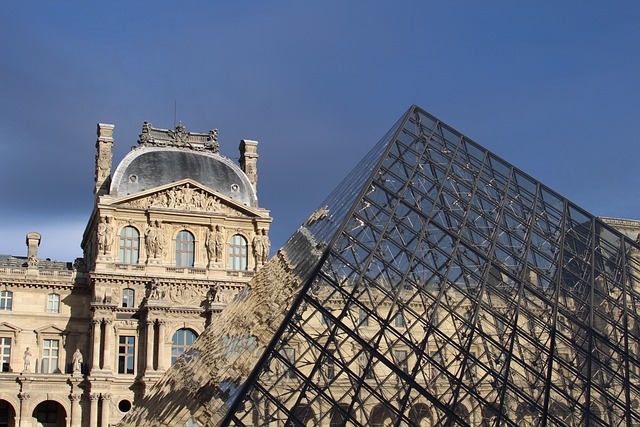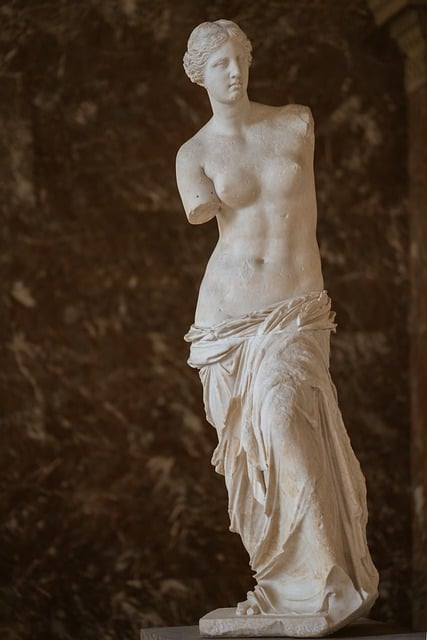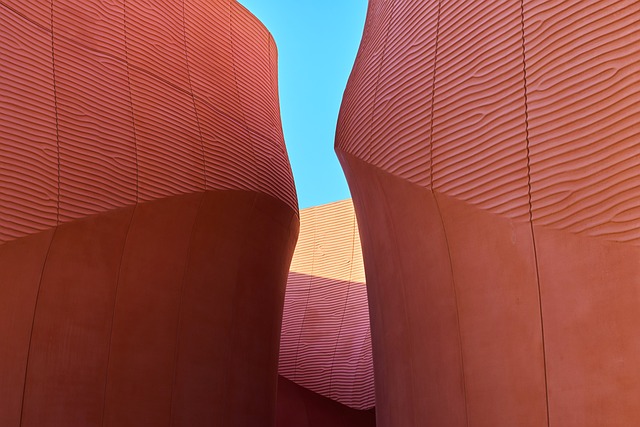Exploring Cultural Landscapes: A Museum Art Guide for Every Traveler
Traveling is not just about visiting new places; it’s about immersing yourself in different cultures and gaining a deeper understanding of the world. One of the most enriching ways to experience a culture is through its art. Museums serve as the gateways to the artistic expressions of a society, revealing the historical, social, and political contexts that shaped their creation. This article is designed to be your guide in exploring cultural landscapes through art in museums, whether you’re a seasoned art aficionado or a casual traveler.
The Importance of Museums in Cultural Exploration
Museums serve not just as storage houses for artifacts, but as dynamic institutions that foster education, inspire creativity, and promote cultural exchange. They play a crucial role in preserving the heritage of diverse communities, providing a physical space where history and culture can be explored.
Visiting museums allows you to witness firsthand the evolution of art and its reflection of societal values. Each piece of art tells a story, offering insights into the lives of the people who created it. From ancient relics to contemporary installations, museums offer a tapestry of narratives that connect us to the past and present.
Understanding Cultural Landscapes
The term “cultural landscape” refers to the geographical area that has been shaped by human experiences and interactions with the environment. It encompasses the physical space and the intangible heritage of a place—traditions, stories, and art that define its identity. When you visit a museum, you are engaging with a cultural landscape that has been curated to showcase the unique aspects of a community or civilization.
Each culture has its own artistic language, influenced by history, geography, religion, and social dynamics. By exploring these landscapes through museums, travelers can appreciate the variations and similarities in artistic expression across different regions.
Key Factors to Consider When Visiting Museums
When planning your museum visits, several factors can enhance your experience and help you connect with the art on display.
Research Before You Go
Before embarking on your journey, take the time to research the museums you intend to visit. Look into their collections, notable exhibitions, and any upcoming events. Many museums offer guided tours, workshops, or lectures that can enhance your understanding of the art and its context. Familiarizing yourself with key artists and their works can also enrich your visit, providing a foundation for deeper appreciation.
Engaging with the Art
When inside the museum, take a moment to engage with each piece. Observe the techniques, colors, and materials used. What emotions does the artwork evoke? Consider the historical context—why was it created, and what message does it convey? This active engagement can lead to a more profound understanding of the work and its significance within the cultural landscape.
Art Movements and Their Reflections of Society
Art movements are often reflections of societal changes, and exploring these movements can provide valuable insights into the cultures they originated from. Here are a few key movements and their historical backgrounds:
Originating in the late 19th century, Impressionism broke away from traditional artistic conventions. Artists like Claude Monet and Edgar Degas focused on capturing the momentary effects of light and color, painting scenes of everyday life. This shift in perspective mirrored the burgeoning modernity of society and a desire to express personal experience, making it a significant cultural landmark in art history.
Emerging in the aftermath of World War I, Surrealism sought to explore the unconscious mind and the world of dreams. Artists like Salvador Dalí and René Magritte challenged reality, creating bizarre and thought-provoking imagery. This movement reflected societal disillusionment and offered new possibilities for expression, showcasing the power of the imagination in turbulent times.
Contemporary art encompasses a multitude of styles and perspectives, often addressing current social and political issues. Artists today use various mediums, including installation, performance, and digital art, to communicate their messages. Visiting contemporary art museums provides insight into the ongoing dialogue about identity, globalization, and the environment, making it essential for understanding modern cultural landscapes.
Exploring museums around the world allows for a deeper comprehension of different cultural landscapes. Here are notable museums to consider for your next travels:
As one of the largest and most visited museums globally, the Louvre is a cultural mecca. With works ranging from ancient civilizations to the 19th century, it houses masterpieces like the Mona Lisa and the Venus de Milo. The museum’s glass pyramid entrance is a contemporary symbol of the blend between history and modernity.
The British Museum offers an extensive collection that spans human history across multiple continents. Highlights include the Rosetta Stone and the Elgin Marbles. The museum not only showcases art but also encourages discussions about colonialism and cultural heritage, making it thoughtfully relevant.
Home to some of the most renowned works of the Italian Renaissance, including pieces by Botticelli and Michelangelo, the Uffizi Gallery is a testament to the cultural and artistic achievements of Florence. A visit here is like taking a step back in time to witness the blossoming of art and intellect during one of history’s most significant epochs.
MoMA is a hub for contemporary art, housing works from 20th and 21st-century icons. With pieces from artists like Jackson Pollock and Andy Warhol, the museum is a vibrant showcase of modern innovation and expression. Engaging with these works challenges visitors to think critically about culture and society.
Maximizing your museum experience requires thoughtful planning and engagement. Consider these practical tips during your visit:
If possible, visit museums during times when they are less crowded. Early mornings or weekday afternoons can offer more intimate viewing experiences, allowing you to take your time with each exhibit.
Many museums offer audio guides or mobile applications that provide additional context and stories behind the artworks. These resources can greatly enhance your understanding and appreciation of the pieces you encounter.
Guided tours can provide deeper insights into the collection and the cultural relevance of the artworks. Knowledgeable guides can often introduce lesser-known works and their stories, enriching your overall experience.
After visiting a museum, take the time to reflect on your experience. Consider how the art you encountered resonates with contemporary issues and your own life. Writing in a travel journal can be a great way to document your thoughts and insights; it allows for a personal connection to the cultures you’ve explored.
Engaging with art is a deeply personal experience, and acknowledging the emotions and thoughts it stirs can lead to greater understanding. Museums help to bridge different cultures and histories, making your travels not just physically enriching but intellectually fulfilling as well.
Exploring cultural landscapes through museums provides a rich, immersive experience that transcends mere sightseeing. Each visit offers a unique opportunity to engage with the stories, struggles, and triumphs of humanity as expressed through art. As you traverse the world, make an effort to step into these cultural havens where the past and present converge, revealing the intricate tapestry of human experience. By doing so, you become a part of a collective journey through time and culture, fostering empathy and understanding in an increasingly globalized world.


